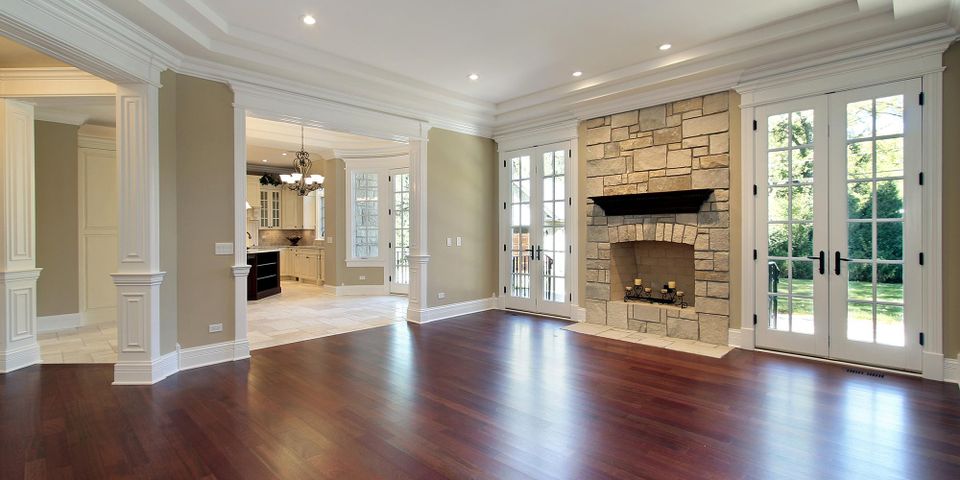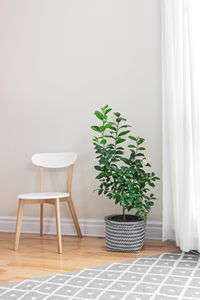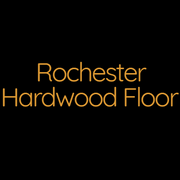3 Ways to Transition Between Hardwood Flooring & Other Materials

Many homes mix hardwood flooring with other materials, such as carpet and tile. This helps create the right ambiance in each room and ensures the durability of the overall flooring. If you’re preparing to install hardwood in an area of your home, here are a few ideas on how to make any material transitions seamless.
How to Transition Between Flooring Materials
1. Utilize Natural Divisions
Wall edges, stairways, and doorways create natural transition zones where you can seamlessly switch from one type of flooring to another. For example, you might use hardwood flooring in the office and main entryway, but switch to carpet after the step down into the living room. This way, you can switch up materials according to your needs without throwing off the home’s cohesive appearance.
2. Create Unique Patterns
 In some instances, you can combine different materials to create distinctive patterns. For example, you can place planks of hardwood diagonally to introduce tile, slate, or ceramic on the other side. You can also create an area of tile in the middle of your hardwood floors to make the combination of the two materials natural.
In some instances, you can combine different materials to create distinctive patterns. For example, you can place planks of hardwood diagonally to introduce tile, slate, or ceramic on the other side. You can also create an area of tile in the middle of your hardwood floors to make the combination of the two materials natural.
3. Define Spaces in Open Floor Plans
With open floor plans, it isn’t always easy to determine where one space ends and another begins. You can use flooring transitions to better define your living areas and create boundaries between rooms that flow into each other. Follow wall lines to identify these transitions, and keep furniture within the bounds of the flooring types to further define these separations.
If you want to install hardwood flooring in your home, count on Rochester Hardwood Floor. They’ve served Monroe County, NY, for over 25 years. Their flooring contractors use high-quality products and deliver top-notch craftsmanship to ensure your flooring lasts for decades. Learn more about the different types of planks they carry on their website, or call (585) 377-7800 to schedule an appointment.
About the Business
Have a question? Ask the experts!
Send your question

